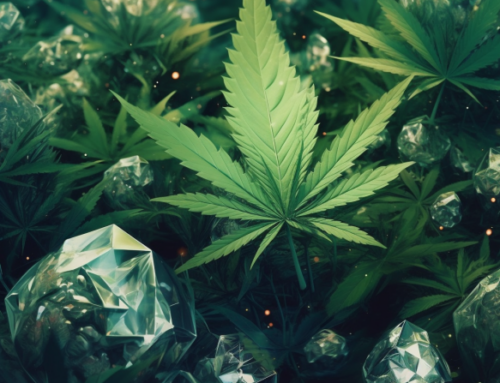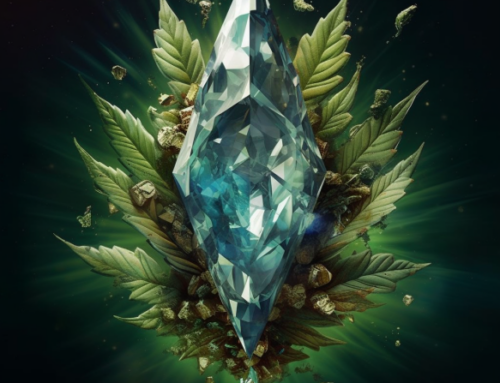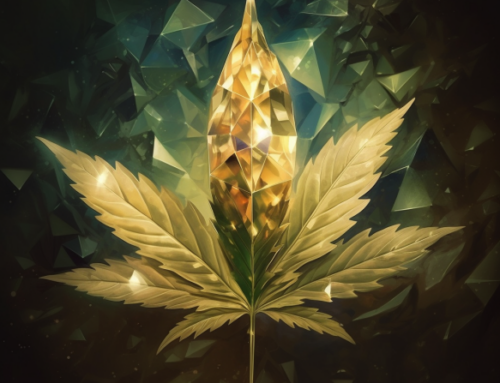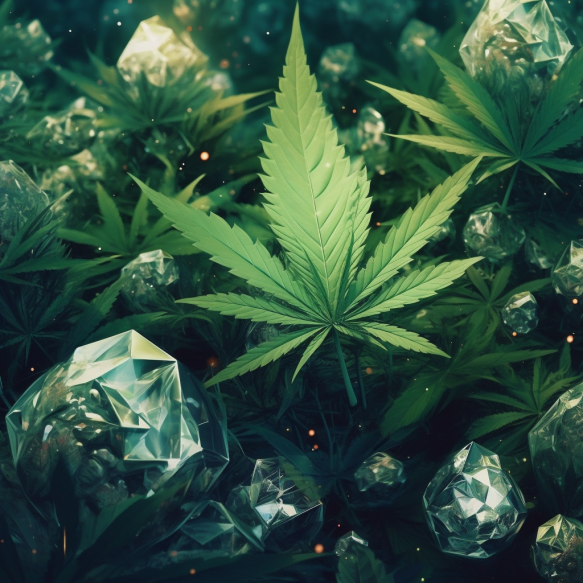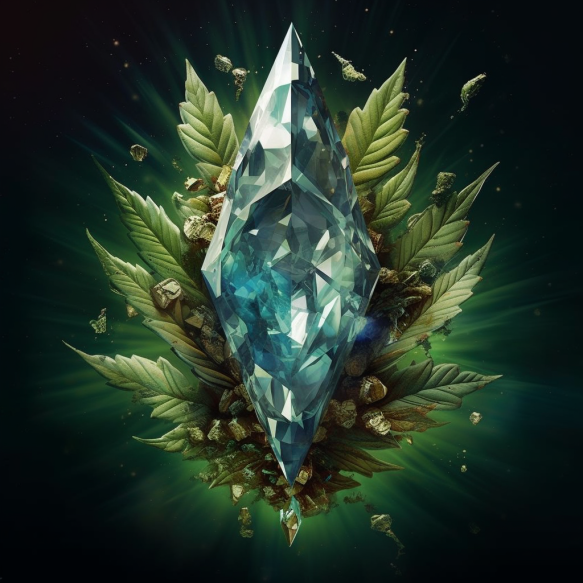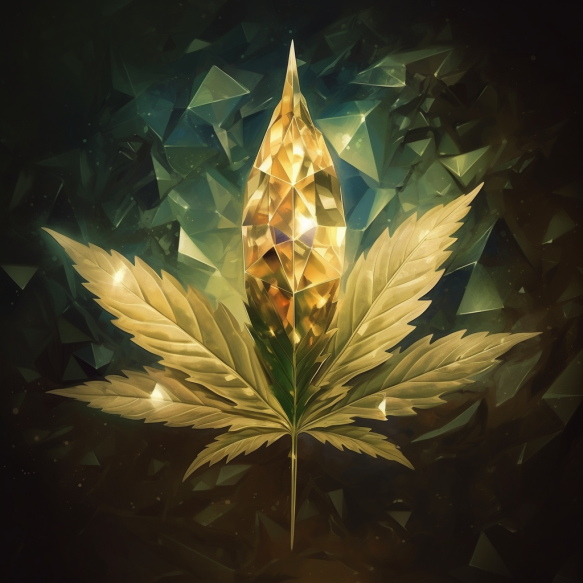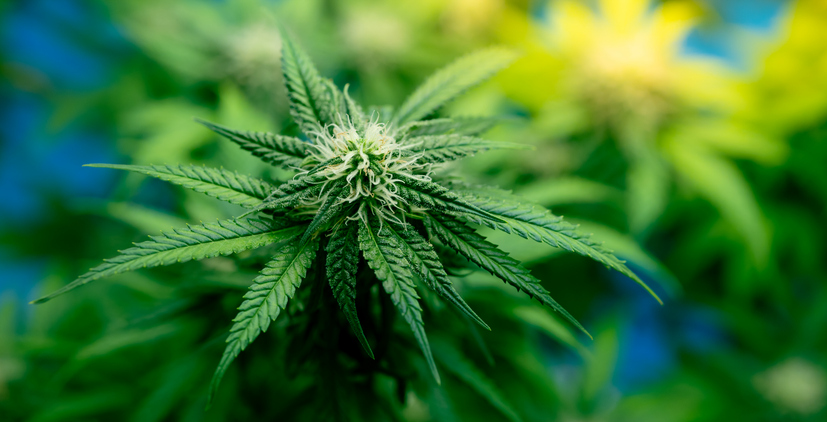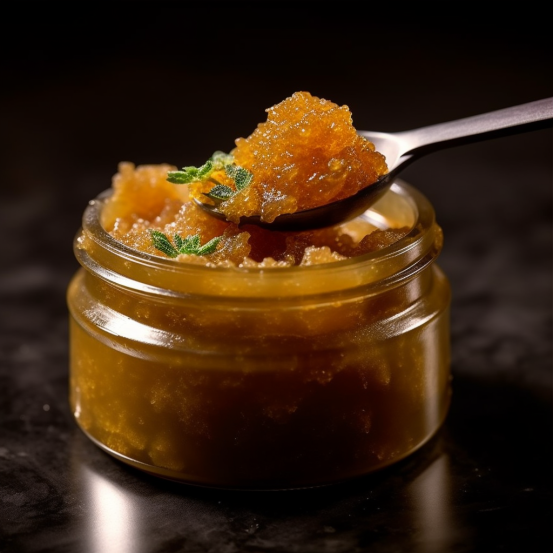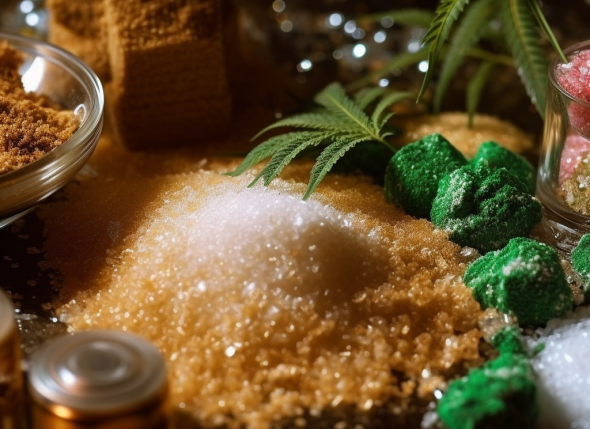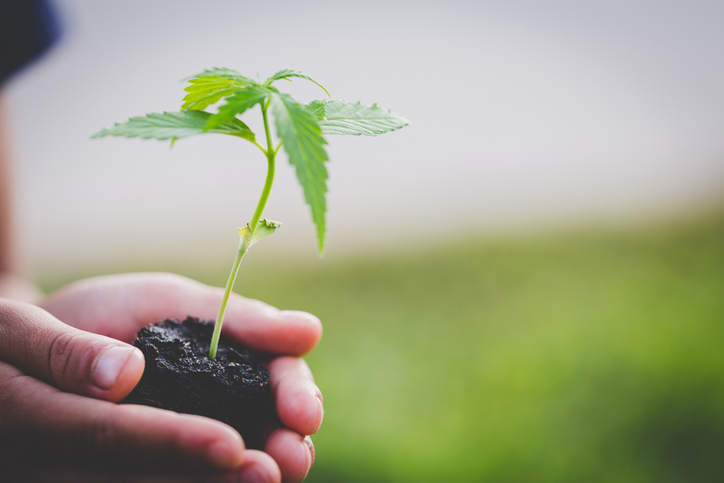
The hemp plant is a highly multifaceted plant that has been a key component to human civilization for thousands of years. In fact, researchers have found traces of the hemp plant that date back to 8000 BC throughout Asian regions, which are now China and Taiwan. The oldest remains were discovered in pottery during this time, as well as hemp seed and hemp oil, which were used as food in China. Now, when you think about human agriculture, how it started, and what elements were used that contributed to human civilization thousands of years ago, you can rely on the fact that hemp was one of the first agricultural crops used for various purposes.
As previously mentioned, the cultivation of hemp began in Asian regions and soon spread across the world. In addition to Asia, Europe, Africa, and South America also show evidence of hemp being used. For certain religions such as Hinduism and others, hemp was considered to be a “sacred grass” or “king of seeds.” For many generations, the hemp plant was cultivated for various purposes, including clothing, textiles, shoes, ropes, and paper.
North America later was introduced to hemp around 1606. Since then, American farmers cultivated hemp for various products, such as ropes, paper, lamp fuels, and more. During the 1700s, it was legal for farmers to grow hemp as a key crop. In fact, some of our founding fathers advocated hemp due to its multiple uses and benefits and even grew it themselves. Remarkably, even George Washington grew hemp on his property.
With that being said, it is important to recognize hemp’s controversial history later down the line. This was due to the fact that in 1970, hemp was grouped with marijuana as a Schedule 1 drug, which then made hemp illegal from then up until 2018.
In 2018, the Farm Bill was passed and hemp was removed from the list of Controlled Substances Act, which legalized hemp for industrial use.
The Timeline of Hemp For Human Civilization
Hemp is one of the oldest plants in the world, given that it dates back to 8000 BC. Its cultivation for human civilization has truly revolutionized a wide range of industries to what we know today and has become extremely popular, especially since the passing of the 2018 Farm Bill. It’s been a staple crop for as long as it has due to the fact that it can grow just about anywhere in the world, in a variety of soils, in just about any climate. In addition, it doesn’t require any pesticides to grow and needs little water to flourish.
The first traces of hemp were originally found in Asia in 8000 BC and shortly after, it was discovered in Europe, South America, as well as Africa. During this time, hemp seeds and hemp oil were used in both food and pottery.
- 2000 BC to 800 BC
Hemp was considered to be a gift. In Hindu religious texts, hemp was considered to be “sacred grass” or “king of seeds”” which is known as one of the five plants in India to be sacred.
- 600 BC to 200 BC
Hemp was popularized in Northern Europe and was used to create rope in countries like Russia and Greece. In addition, around this time, hemp leaves and seeds were discovered in Germany.
China soon discovered hemp’s use to make paper in 100 BC.
- 1533
King Henry VII – the King of England – made it a prime concern to fine farmers if they did not grow hemp.
- 1600s to 1700s
Hemp became a staple crop to create clothes, shoes, paper, ropes, and food and America’s founding fathers were firm believers in the benefits of hemp.
- 1776
Researchers believe that Thomas Jefferson wrote the Declaration of Independence draft on hemp paper.
- 1840
Abraham Lincoln began using hemp seed oil to provide fuel to household lamps.
Hemp was used for a myriad of uses in early years. However, in 1970, hemp was grouped with marijuana as a Schedule 1 drug. This made hemp illegal from then up until 2018.
In 2018, the Farm Bill was passed and hemp was removed from the list of Controlled Substances Act, which made hemp legal.
What is Hemp?
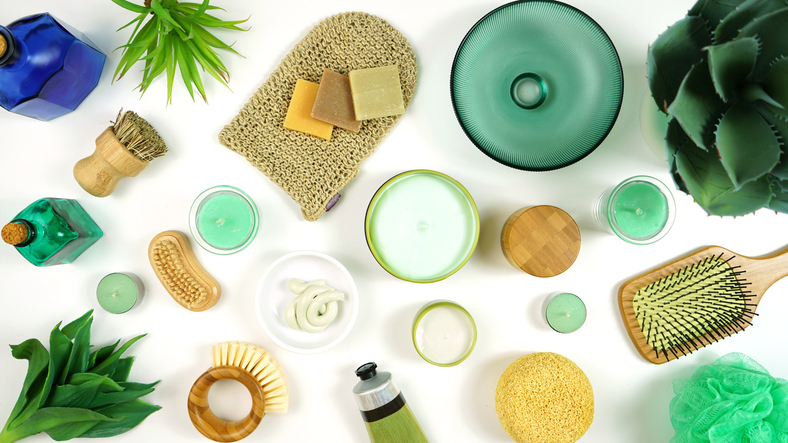
Hemp is a form of cannabis that comes from a type of cannabis sativa L plant. The hemp plant is known for its long stalks and highly durable fibers. Although hemp and marijuana are closely related, hemp plants do not contain a significant amount of tetrahydrocannabinol (THC), which is the psychoactive compound that causes a high. Legally, industrial hemp cannot contain more than 0.3% THC. Therefore, hemp products can be found at health food stores, certain grocery stores, as well as many online retailers.
Today, hemp is used in various industries, including textiles and clothing, to hemp seeds, oils, and milk, to building and construction materials, and so much more. As developments continue to arise, more industries are starting to realize the incredible potential that hemp holds. And one of the most interesting facts about hemp is that it is environmentally friendly and easy to grow.
However, it is important to note that this wasn’t always the case, meaning that federal legislation recently legalized industrial hemp. With the passing of the 2018 Farm Bill, hemp was legalized; however, must not contain any more than 0.3% THC. Any product containing more than 0.3% THC is federally illegal.
About Dripp Extracts
Dripp Extracts is a reliable resource for hemp and cannabis education, providing valuable insight about the plants, its uses, and related news. Our team is committed to keeping you up-to-date with the latest news, information, and developments surrounding hemp and cannabis, ensuring that you stay informed and connected at all times. Our goal is to continue being a reputable resource in the hemp and cannabis industry, utilizing years of experience, skills, and research to help you stay informed and connected. Learn more about hemp with Dripp Extracts at https://drippextracts.com/learn.
Recent Post
Are Cannabis Diamonds Better Than Shatter?
Cannabis concentrates have been on the rise in recent years, with people looking for ways to enjoy their favorite herb in new and powerful ways. One of the most popular forms of concentrate is [...]
What Are Live Resin Diamonds?
Are you looking for a new way to enjoy the effects of marijuana? If so, then consider trying live resin diamonds! Live These products are a variant of full-spectrum marijuana concentrates made using a [...]
How Live Resin Diamonds Are Made
If you're looking for a new and exciting way to experience cannabis, why not try making live resin diamonds in your own home? It’s fun. It’s innovative. And you can create new flavor profiles [...]
What is live sugar THC?
Live sugar THC is a type of cannabis concentrate that has taken the medical marijuana industry by storm. It's fast becoming one of the most popular forms of cannabis consumption due to its potency [...]
How do you smoke sugar wax?
Cannabis-infused sugar wax is becoming increasingly popular among marijuana enthusiasts for its highly potent effects and unique flavors. It's the best cannabis sugar of 2023, and if you want to get the most out [...]
How to make THC sugar?
Making your own THC sugar is a terrific way to enjoy the effects of cannabis without having to smoke it, bad it, or vape it. This type of sugar can be used in baking, [...]
